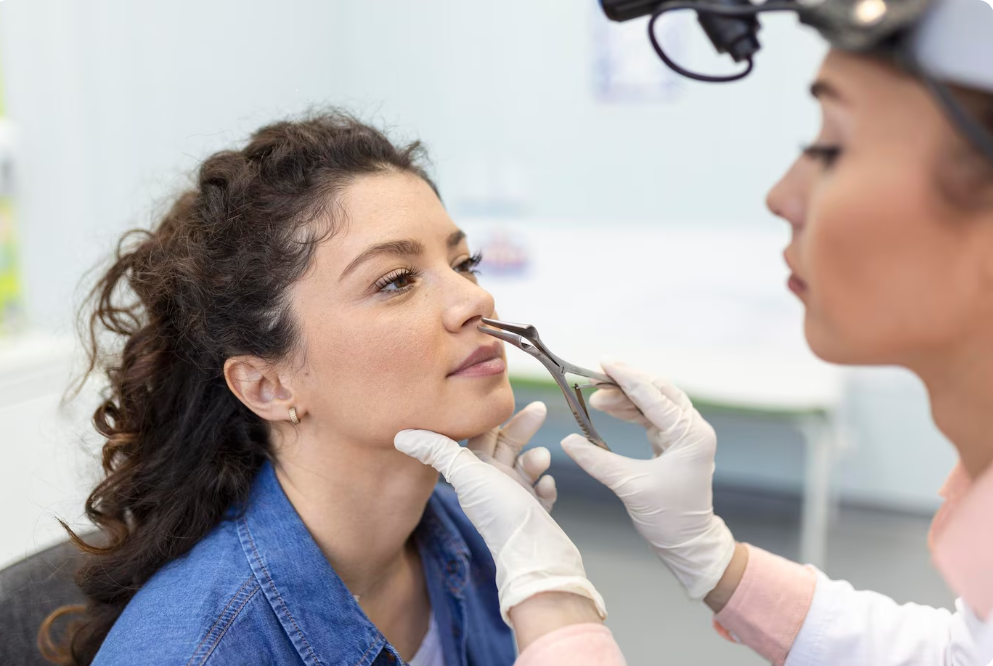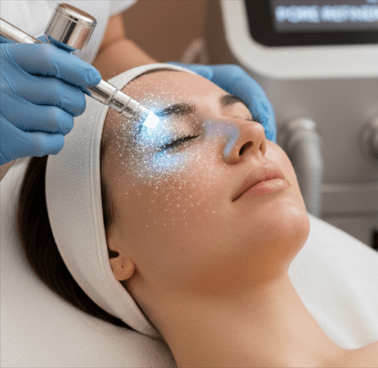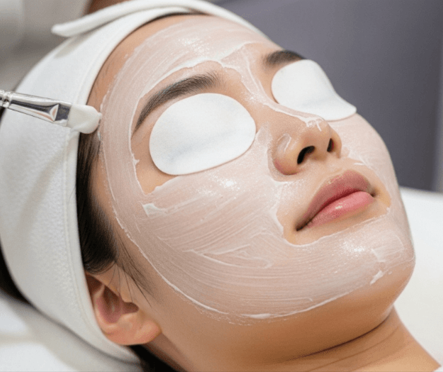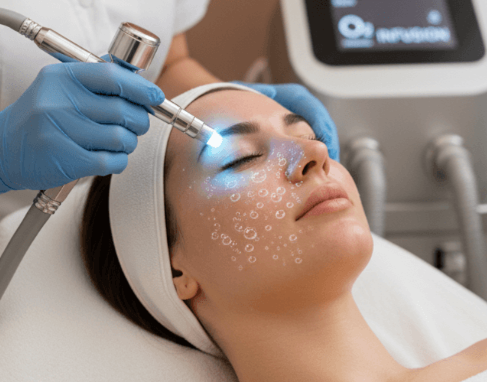The nose thread lift has become one of the most popular non-surgical nose enhancement procedures worldwide—especially in South Korea, where advanced techniques and expert practitioners have led the trend. But for patients considering this treatment, one important question remains: Is it safe?
This comprehensive guide explores the safety profile, potential side effects, downtime, and expert recovery tips so you can make an informed decision before undergoing a nose thread lift, whether at home or in a top Korean aesthetic clinic.
🧬 What Is a Nose Thread Lift?
A nose thread lift is a minimally invasive cosmetic procedure that uses biodegradable threads—typically PDO (Polydioxanone), PLLA (Poly-L-lactic acid), or PCL (Polycaprolactone)—to enhance the shape, height, and definition of the nose without surgery.
The threads are inserted beneath the skin to act as a scaffold, lifting and supporting the nasal bridge and tip while stimulating collagen production for long-lasting firmness and structure.
✅ Is the Nose Thread Lift Safe?
Yes—when performed by a qualified and experienced practitioner, especially in certified Korean clinics, the nose thread lift is generally safe and low-risk.
Why It’s Considered Safe:
- Non-surgical: No incisions, no bone alteration
- FDA- and KFDA-approved materials: Threads are bio-compatible and naturally dissolve over time
- Local anesthesia only: No need for general anesthesia
- Minimal downtime: Most people resume normal activity within 24–48 hours
- Low vascular risk: Unlike fillers, thread lifts carry a lower risk of vascular complications, especially near the nasal tip
⚠️ Potential Side Effects and Risks
While nose thread lifts are safe, no cosmetic procedure is 100% risk-free. Here are possible side effects:
🔹 Common, Mild Side Effects:
| Effect | Cause | Duration |
|---|---|---|
| Swelling | Body’s natural response to thread insertion | 1–3 days |
| Bruising | Minor trauma during cannula entry | Fades in 3–7 days |
| Tenderness or soreness | Localized inflammation | 1–5 days |
| Redness at entry points | Reaction to needle insertion | Temporary |
🔹 Less Common, Temporary Side Effects:
- Minor asymmetry (often settles as swelling subsides)
- Visible thread outline (in very thin-skinned patients; usually fades)
- Mild skin irregularities (resolves as threads integrate)
⚠️ Rare but Serious Risks (when done by untrained providers):
- Infection (preventable with sterile technique)
- Thread migration or breakage
- Skin dimpling or extrusion
- Overcorrection or unnatural contour
Important: These complications are rare, especially when treated in accredited clinics with skilled doctors.
⏱️ Downtime: What to Expect After the Procedure
One of the key advantages of a nose thread lift is minimal recovery time.
✅ Typical Recovery Timeline:
| Timeframe | What to Expect |
|---|---|
| Day 1–2 | Swelling, mild bruising, slight pressure |
| Day 3–5 | Swelling reduces; normal activities resume |
| Day 7+ | Final shape becomes visible |
| Week 4+ | Collagen stimulation enhances firmness and structure |
💡 Tip:
Most international patients visiting Korean clinics can fly home within 24–48 hours post-procedure.
💊 How to Minimize Side Effects & Speed Up Recovery
Follow these expert-recommended aftercare tips to ensure a smooth recovery:
🚫 Avoid the Following for 7–10 Days:
- Touching, massaging, or applying pressure to the nose
- Facial massages or skin treatments
- Heavy workouts or bending over
- Wearing glasses that rest on the nose bridge
- Sleeping face-down
✅ Do the Following:
- Apply cold compress during the first 24 hours to reduce swelling
- Keep the treatment area clean and dry
- Take over-the-counter pain relievers if advised
- Sleep with your head elevated to reduce swelling
- Attend any follow-up appointments as scheduled
🧑⚕️ Why Safety Standards Are Higher in Korea
South Korea is considered one of the safest countries for thread lifts because of:
- Strict medical licensing for aesthetic physicians
- Use of KFDA-approved thread materials
- Highly trained specialists in facial anatomy
- State-of-the-art sterile techniques
- Comprehensive patient screening and customization
Leading Korean clinics often use advanced 3D imaging to simulate results and plan thread placement with incredible precision.
🗣️ Real Patient Insights
“I was worried about side effects, but I chose a reputable clinic in Seoul, and the swelling was gone in 2 days. My nose looked instantly better.” – Anna, 29, Singapore
“I followed the recovery rules exactly—no rubbing or glasses—and had zero complications. It was much easier than I expected!” – Leo, 35, USA
🧾 Summary: Pros and Cons of Nose Thread Lift Safety
| Pros | Cons |
|---|---|
| Minimally invasive | Minor swelling or bruising |
| Low risk of serious complications | Results are not permanent |
| Quick recovery | Requires an experienced provider |
| Safer than filler in danger zones | May need repeat sessions after 12–18 months |
✅ Final Verdict: Is It Worth It?
Yes—if you’re seeking a non-surgical way to enhance your nose, the thread lift offers a safe, effective, and low-downtime solution. When performed in top Korean clinics, you can feel confident about sterile environments, advanced techniques, and highly trained specialists who prioritize safety.




